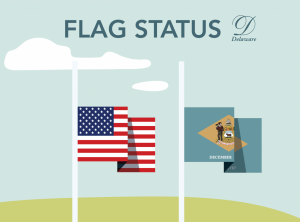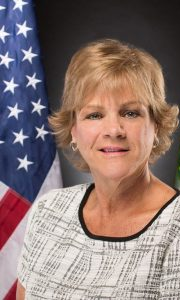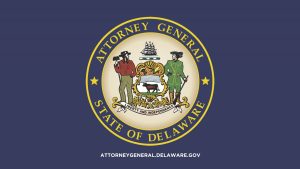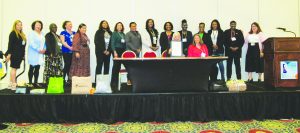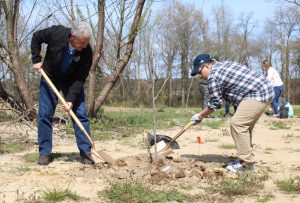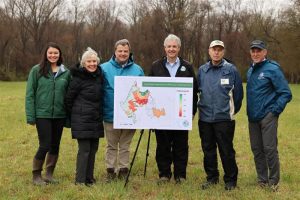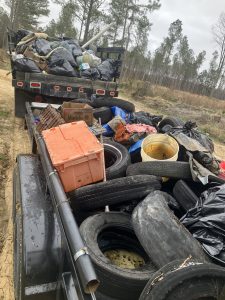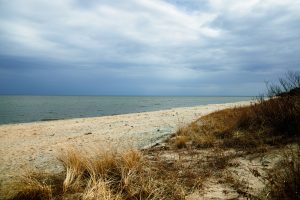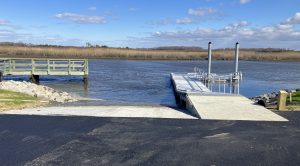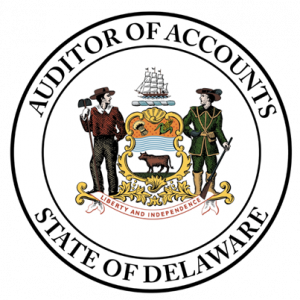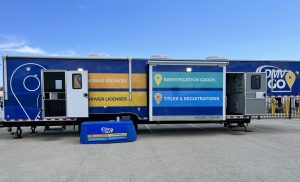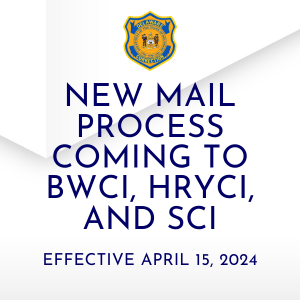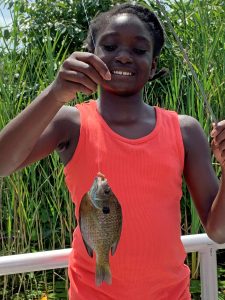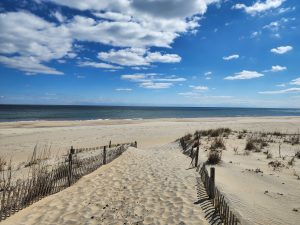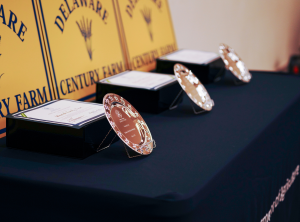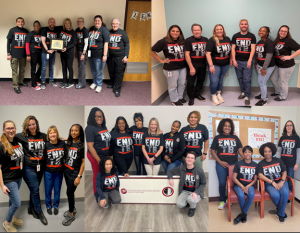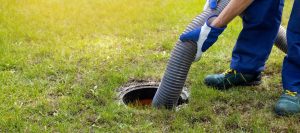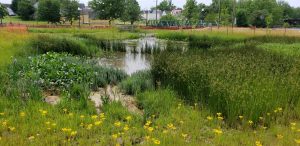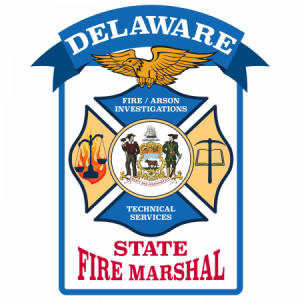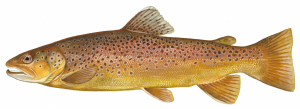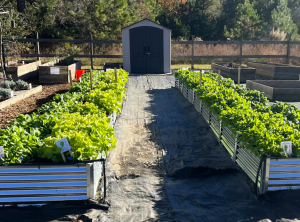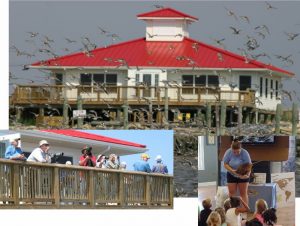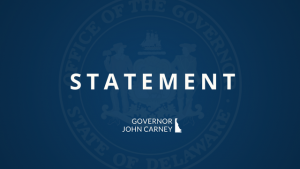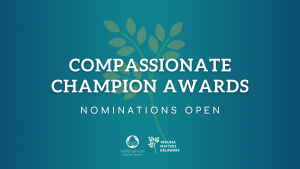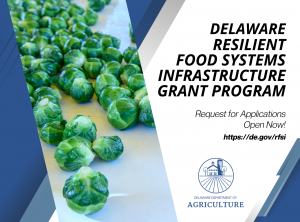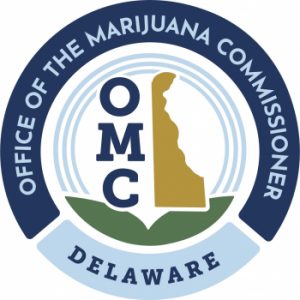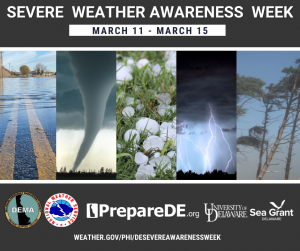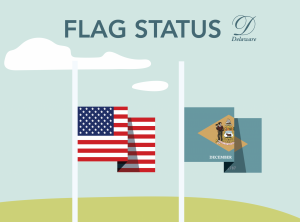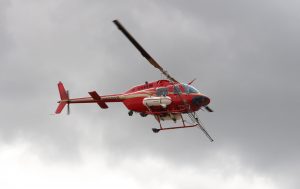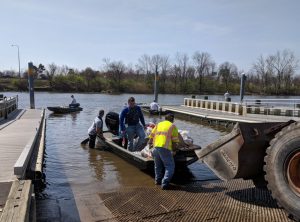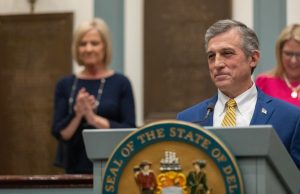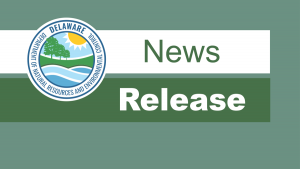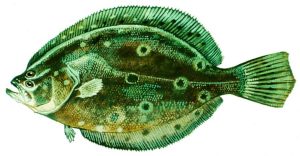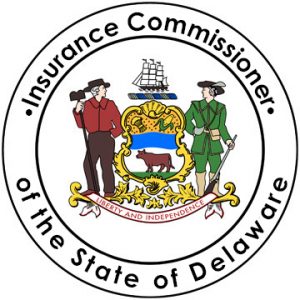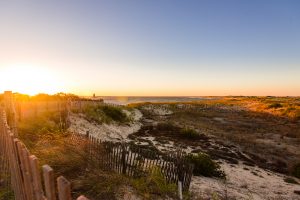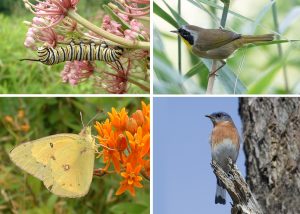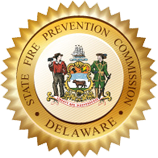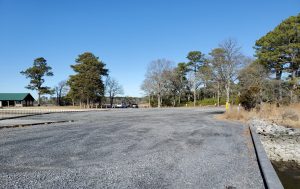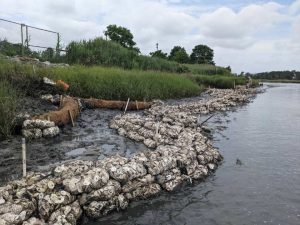Project part of America’s Great Outdoors Initiative
SLAUGHTER BEACH – Against a backdrop of the annual horseshoe crab spawning spectacle and red knot migration, U.S. Secretary of the Interior Ken Salazar joined Governor Jack Markell, Delaware’s Congressional Delegation of Senator Tom Carper, Senator Chris Coons and Congressman John Carney, DNREC Secretary Collin O’Mara and other dignitaries to launch the Delaware Bayshore Initiative, part of the national vision for America’s Great Outdoors.
Secretary Salazar traveled to Delaware to announce his support for the Delaware Bayshore Initiative. Along with the proposed First State National Historic Park, the Bayshore Initiative received national recognition as one of two Delaware projects included in the U.S. Department of the Interior’s “American Great Outdoors 50-State Report” highlighting some of the country’s most promising ways to reconnect Americans to the natural world.
“While we have already achieved a great deal together in protecting 60 percent of the Delaware Bayshore, we still have a lot of work to do if we are going to conserve this region in the face of pressures like climate change, sea level rise, and human development,” Salazar said at a kickoff event today near Prime Hook National Wildlife Refuge. “This initiative reinforces our shared commitment to protect the region’s clean air, clean water, coastal marshes and beaches, and agricultural lands, all of which support jobs and a vibrant recreation and tourism economy.”
Gov. Markell welcomed Sec. Salazar and thanked the Department of the Interior for support of the Delaware Bayshore Initiative that will enhance and promote the Bayshore area as a world-class conservation and low-impact recreation area, strengthen historic local communities, and improve the quality of life for all Delawareans.
“The Bayshore Initiative builds on Delaware’s reputation as a unique and beautiful natural resource and boosts our economy. The initiative is encouraging more Delawareans and visitors to enjoy the state as a world-class birding and wildlife-watching destination,” said Gov. Markell. “I want to thank Secretary Salazar, our federal partners, bayshore communities, and the many organizations and individuals working collaboratively. Together we ensure that we are conserving and protecting the Delaware Bayshore and its wild and scenic landscape for future generations.”
“The Delaware Bay shoreline includes precious coastal marshes, farms and forests that are home to many diverse species, spectacular views, and great recreational opportunities,” said Sen. Carper. “The Delaware Bayshore Initiative will help our continuing efforts to protect these lands for generations to come, while encouraging Delawareans and visitors to the First State to get outside and enjoy these beautiful natural treasures. Protecting and highlighting these valuable lands provides growth opportunities for tourism – one of our state’s largest employment sectors. As part of the America’s Great Outdoors Initiative, the Delaware Bayshore Initiative is a great way to bring awareness to the wildlife and recreational opportunities that exist just outside Delawareans’ front doors.”
From Delaware City to Lewes, Delaware’s Bayshore communities are a treasured natural resource enjoyed by both residents and tourists from around the world,” Sen. Coons said. “The Bayshore Initiative continues to build on the legacy of one of Delaware’s most well-known and beloved conservationists, Governor Russell Peterson. I am delighted that Secretary Salazar was able to participate in the launch of this vital initiative, ensuring access to our state’s most beautiful landscapes.”
“Delaware is blessed with beautiful natural resources, including the areas along our coastline that will be preserved through the Delaware Bayshore Initiative,” said Rep. Carney. “This project is a tremendous opportunity to bring more Delawareans and visitors to the area, as well as protect the marshes, agricultural land, and forests that are home to many species of birds and wildlife. I’m very pleased that the Bayshore Initiative is part of the America’s Great Outdoors program, and I look forward to the area being preserved for generations to come.”
The Delaware Bayshore Initiative’s goals include improvements in several areas. The initiative focuses on:
Conservation
- Protecting and connecting existing wildlife areas;
- Keeping private farmlands in production;
- Continuing and expanding habitat restoration efforts;
Low-Impact Recreation
- Enhancing public access to wild areas;
- Providing recreational amenities to promote hunting, fishing, birding, hiking, biking, kayaking, and canoeing;
- Increasing wildlife-viewing opportunities with interpretation and educational opportunities for youth;
Stronger Communities
- Investing in historic Bayshore communities;
- Encouraging ecotourism and new retail/hospitality business opportunities;
- Supporting local volunteerism and resource stewardship, and
- Promoting the Bayshore regionally, nationally, and internationally.
“The ecologically-rich Delaware Bayshore includes some of most significant wildlife habitat in the world and is worthy of designation as a national conservation area,” said DNREC Sec. O’Mara. “Building upon decades of significant conservation attention and investment, now is the time to take our efforts to the next level and make the enhancements necessary to make the Bayshore a premier global destination for wildlife-related recreational opportunities.”
According to a new study recently published by the nonprofit Theodore Roosevelt Conservation Partnership, outdoor activities like hunting, fishing, camping, cycling and wildlife viewing contribute nearly $4 billion annually to the economy on the Delmarva Peninsula. With more than 30 million Americans living within a three hour drive, providing low-impact access to a premier wildlife destination will support businesses and create new opportunities for ecotourism within the Bayshore.
The Delaware Bayshore extends from Delaware City in New Castle County to the city of Lewes in Sussex County and includes towns known for their storied past in Delaware’s fishing, crabbing and oyster industries, including Leipsic, Little Creek, Bowers Beach, Slaughter Beach, Milford and Lewes. Today, they remain home to many of the state’s recreational and commercial fishing vessels, and offer some of the state’s most unique tourist destinations.
“The small towns along the Delaware Bayshore enjoy a deep and rich heritage, which evolved from maritime industries,” said Ron Hunsicker, mayor of Bowers Beach. “Not only should we preserve this heritage but expand it. The residents who have long enjoyed the blessings that the Bayshore provides must dedicate themselves to making these natural gifts available to everyone. Only then will we realize the true potential that nature has given us. Through the Bayshore Initiative, we seek partnerships that will maximize resources to make this possible.”
The Bayshore is widely recognized as an area of global ecological significance. Its expansive coastal marshes, shoreline, agricultural lands and forests provide diverse habitat to more than 400 species of birds and wildlife. In 1992 the Delaware Bay Estuary was designated as a Wetland of International Significance by the Ramsar Convention on Wetlands, because it provides critical resting and feeding areas for migratory shore and wading birds. The Nature Conservancy and the Audubon Society both list the region as globally significant wildlife habitat.
Birders and biologists from around the world come to central Delaware’s Bayshore to witness the annual spring spectacle of more than a half million shorebirds taking a rest stop to dine on the eggs of horseshoe crabs. In 1986, Delaware Bay joined the Western Hemisphere Shorebird Reserve Network as a Site of Hemispheric Importance due to the sheer number of shorebirds that use the bay as a migratory stopover. In addition to birding enthusiasts, the Bayshore offers quality recreational opportunities for hunters and anglers, boaters and kayakers, casual wildlife watchers, and families seeking outdoor opportunities to recreate and learn about nature.
The Delaware Bayshore Initiative continues the conservation commitment made over the past half century by citizens groups, like Delaware Wild Lands and government officials like Governor Russell W. Peterson in establishing Delaware’s Coastal Zone Act. Due in large part to this legacy, most of the Bayshore’s acreage is formally protected as state, federal and private conservation lands and remains undeveloped today. More than 134,000 acres are already protected as national wildlife refuges, state wildlife areas, state parks, national estuarine research reserves, private conservation organizations, agricultural preserves, and cultural heritage sites throughout the Bayshore area.
“We owe this wealth of protected lands to the private landowners and many conservation partners who had the vision, foresight, and commitment to see they would be protected forever,” said Kate Hackett, Executive Director of Delaware Wild Lands. “A healthy economy does not have to preclude a healthy environment and the challenge that lies before us is to develop innovative partnerships that can both embrace the unique characteristics of conservation partners and advance our common goals.”
“The Delaware Estuary supports more than $10 billion of economic activity in our region, however, much of the economic potential for tourism and wildlife-related recreation remains untapped,” said Jennifer Adkins, executive director of the Partnership for the Delaware Estuary, which in, partnership with the Delaware Office of Economic Development sponsors the ecotourism website: ecodelaware.com. “The Delaware Bayshore Initiative will build upon existing efforts and marshall new resources to drive habitat protection, promote tourism, and strengthen local economies.”
Today’s event highlighted several Bayshore projects – including key land conservation, habitat restoration and low-impact recreation projects made possible through a variety of partnerships and federal, state and private funding sources. The list of initial projects is attached.
Delaware’s Bayshore Initiative includes local, state and national partners: Delaware Wild Lands; Partnership for the Delaware Estuary; The Nature Conservancy; The Conservation Fund; Delaware Nature Society; National Wildlife Federation; Delmarva Ornithological Society; Ducks Unlimited; Sussex Bird Club; Delaware Audubon Society; Friends of Bombay Hook, Prime Hook and the DuPont Nature Center; The Delaware Lenape Tribe; Delaware Center for Horticulture; Mt. Cuba Center; Sierra Club; American Birding Association; American Bird Conservancy; Atlantic Flyway Council; Delaware Bay Migratory Shorebird Project; Atlantic Coast Joint Venture; DuPont Clear into the Future; Wildlife Management Institute; Delaware Bass Federation; Delaware Trout Association; Quality Deer Management; Delaware Museum of Natural History; National Audubon Society Marine, Education, Research and Rehabilitation Institute; Delaware Greenways; Bike Delaware; Delaware Bicycle Council; Delaware Trail Spinners; State of New Jersey; University of Delaware; Delaware State University; Delaware Technical and Community College; Delaware Association for Environmental Education; North American Land Trust; Delaware River and Bay Authority; Delaware’s Congressional Delegation; Office of Delaware Governor Jack Markell; the Delaware Department of Natural Resources and Environmental Control; Delaware Economic Development Office/Tourism, Delaware; Department of Agriculture; Delaware Farm Bureau; Delaware Agricultural Museum; Delaware Department of Transportation; Delaware Department of State; State Conservation Districts; Delaware Association of Conservation Districts; State, County and Local Planning Offices; State Advisory Councils; Friends Groups; Neumors and Sussex Outdoors; Delaware Coalition of Healthy Eating and Active Living; New Castle, Kent and Sussex County Governments; Association of Fish & Wildlife Agencies; United States Department of Interior/Fish and Wildlife Service; U.S. Department of Agriculture/Natural Resources Conservation Service & Rural Development; U.S. Department of Commerce/National Oceanic and Atmospheric Administration; Mid-Atlantic Council on the Oceans; U.S. Department of Transportation/Federal Highways Administration; U.S. Environmental Protection Agency; U.S. Army Corps of Engineers; Local Municipalities, including Delaware City, Port Penn, Leipsic, Little Creek, Bowers Beach, Slaughter Beach, Milford, and Lewes; Local Historical Societies; New Castle County Chamber of Commerce; Kent County & Greater Dover Convention and Visitors Bureau; Southern Delaware Tourism, Greater Wilmington Convention and Visitors Bureau; Central Delaware Chamber of Commerce; Southern Delaware Chamber of Commerce; local Chambers of Commerce; Delmarva Low Impact Tourism Experiences; and local businesses that support tourism.
For more information on the Delaware Bayshore Initiative, please visit www.dnrec.delaware.gov/Pages/Delaware.Bayshore.aspx. To learn more about the America’s Great Outdoors Initiative, visit. http://americasgreatoutdoors.gov/. Come explore the Bayshore … and discover Delaware’s wild side!







